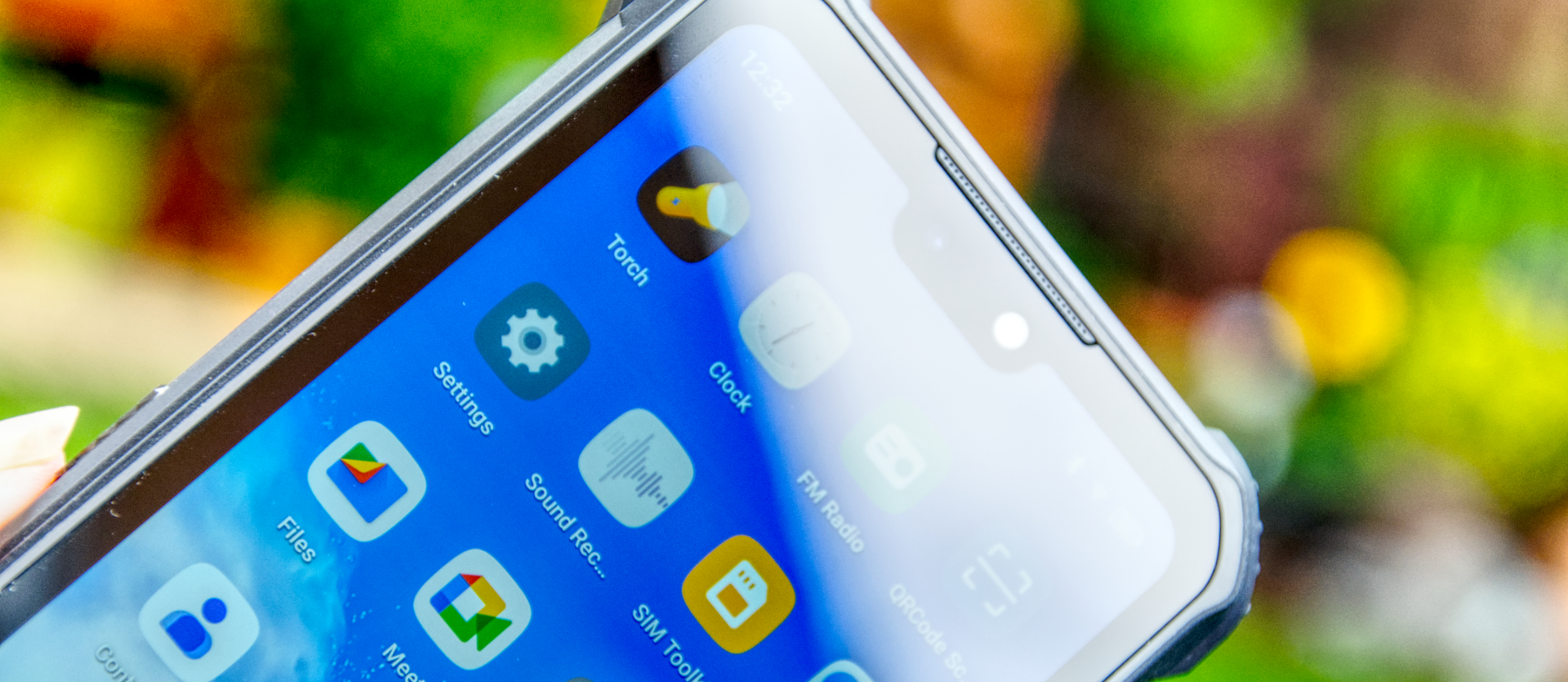TechRadar Verdict
The low cost of this device is somewhat offset by some of the hardware choices that Phonemax made. The processor isn’t recent, the cameras lack the app to exploit the hardware, but the battery life is impressive.
Pros
- +
Relatively lightweight
- +
Sturdy construction
- +
Decent battery life
- +
IP68/IP69K compliant
Cons
- -
Limited Camera options
- -
128GB of storage
- -
Lacklustre SoC
Why you can trust TechRadar
30-second review
A new brand to this reviewer, Phonemax makes a significant range of smartphones, tablets and even smartwatches.
The rugged phone selection includes the M10, a low-cost option that costs less than $180 yet delivers many of the signature features customers expect.
Not dramatically bigger than a standard phone, the M10 has an extremely solid construction using magnesium and titanium alloy. It is waterproofed to IP68/IP69K standards and includes three rear cameras and a 10000mAh battery.
These are all useful things, and it also comes with a 3.5mm audio jack and can recharge from completely flat in around two hours.
With such a competitive price point, you might wonder what the catch might be. Well, it comes with 6GB of RAM, which is plenty, but only 128GB of storage. A MicroSD card can be used to add more storage, but using one reduces the SIM tray allocation to a single SIM.
The other limitation of this device is the SoC Phonemax put in it, the now rather aged MediaTek Helio G85 that was first introduced in 2020.
Compared to the more powerful G99 and Dimensity chips, the performance of the G88 won’t attract those who need local processing or dynamic graphics.
Sign up to the TechRadar Pro newsletter to get all the top news, opinion, features and guidance your business needs to succeed!
However, some of the best rugged phones we've reviewed are offering more power for even less money, and the M10 could easily be swamped by the tsunami of rugged phones now flooding the market.
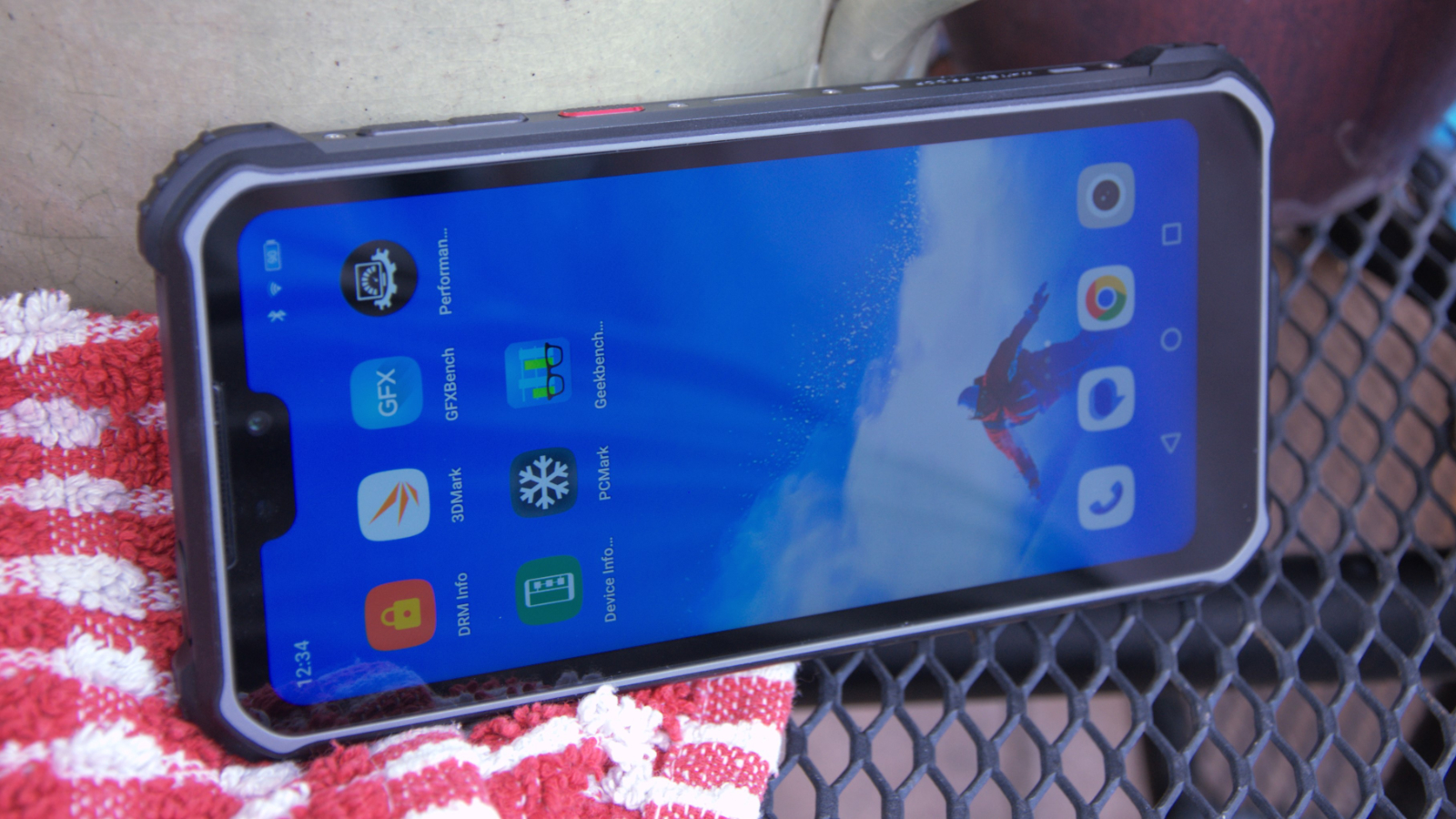
Phonemax M10: price and availability
- How much does it cost? From $180
- When is it out? Now
- Where can you get it? Direct from Phonemax
Currently available at a special offer price, the M10 directly from Phonemax costs $179 in any of the three available colours. These colours are more accent than anything else, and whatever model you choose is mostly black.
That might seem like a great deal, but Ulefone has products that offer better processors and more storage. The Fossibot F106 and the Blackview BV6200 are other good examples of phones that offer more for around the same price.
These options are either the same price or only a few dollars more and outclass the M10 in a number of important ways.
Therefore, while this isn't an expensive phone, it's not the best value either.
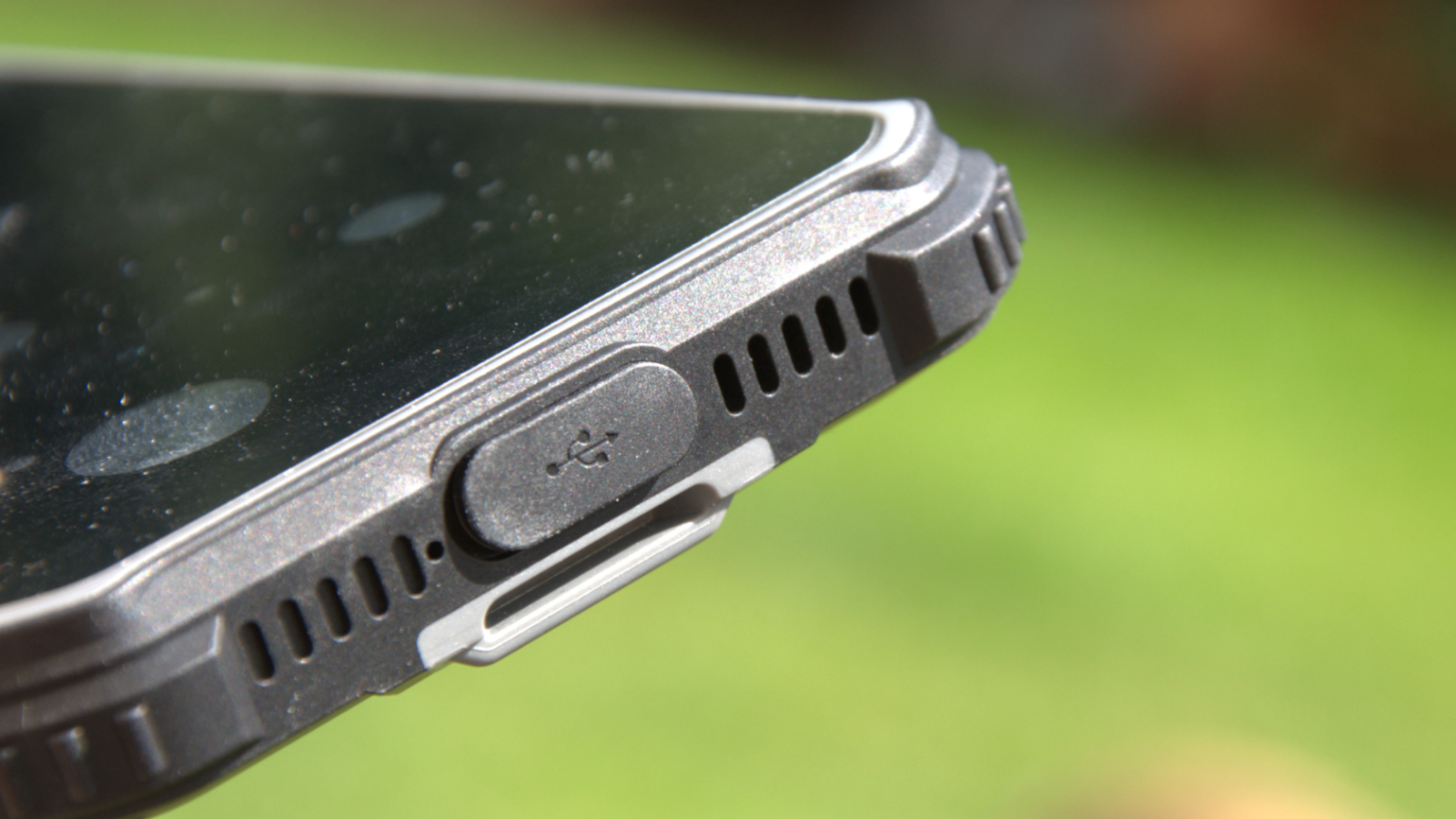
- Value score: 3/5
Phonemax M10:Specs
| CPU: | MediaTek Helio G85 |
| GPU: | ARM Mali-G52 MC2 GPU |
| RAM: | 6GB LPDDR4X |
| Storage: | 128GB |
| Screen(s): | 6.23-inch IPS FHD+ |
| Resolution: | 2280 x 1080 |
| SIM: | 1x Nano SIM, 1x Nano SIM or MicroSD card |
| Weight: | 384g |
| Dimensions: | 166.7 x 83.6 x 18.3mm |
| Rugged Spec: | IP68/IP69K/MIL-STD-810G CE/FCC/RoHS |
| Rear camera: | 48MP AF Main, 8MP Wide-angle,2MP Macro |
| Front camera: | 24MP FF |
| Networking: | WiFi 6, Bluetooth 5.0 |
| OS: | Android 12 |
| Battery: | 10000mAh (Max charge 33W, Wireless 15W) |
| Colours: | Orange/Green/Gray |
Phonemax M10: design
- Chunky
- Basic
- Accessories to come
The metal alloy that Phonemax used to construct the M10 provides an impressively robust substructure that makes it feel practically invulnerable in the hand.
Each of the four corners has an angled rubber bumper on it, and with the sides being metal, something drastic would need to happen to the M10 for it to be damaged.
The back has a subtle texture on it, making it easier to grip when wet, and the camera cluster is protected inside a raised metal triangle that is centrally placed.
Unlike some other designs we could mention, the profile of the camera cluster is only a millimetre or so high, meaning it shouldn't interfere with wireless charging if you choose to use that functionality.
There is a strap loop on the rear, but Phonemax didn't include one to connect it to a belt, and no purchasable accessories are listed alongside this product.

Protection for the screen and covering the cameras is 1.1mm of Corning Gorilla Glass 3, and a glass screen protector is included but not attached by default.
Phonemax went with a de facto button layout, and the only other thing of note is that the top edge has a 3.5mm audio jack behind a rubber bung to stop water or dusting from getting inside. One of these bungs also protects the USB-C port, but it isn't the type that you could easily replace should it snap off.
The general construction and facilities of this phone are all about functionality, and there isn't anything especially wonderful or diabolical about it.
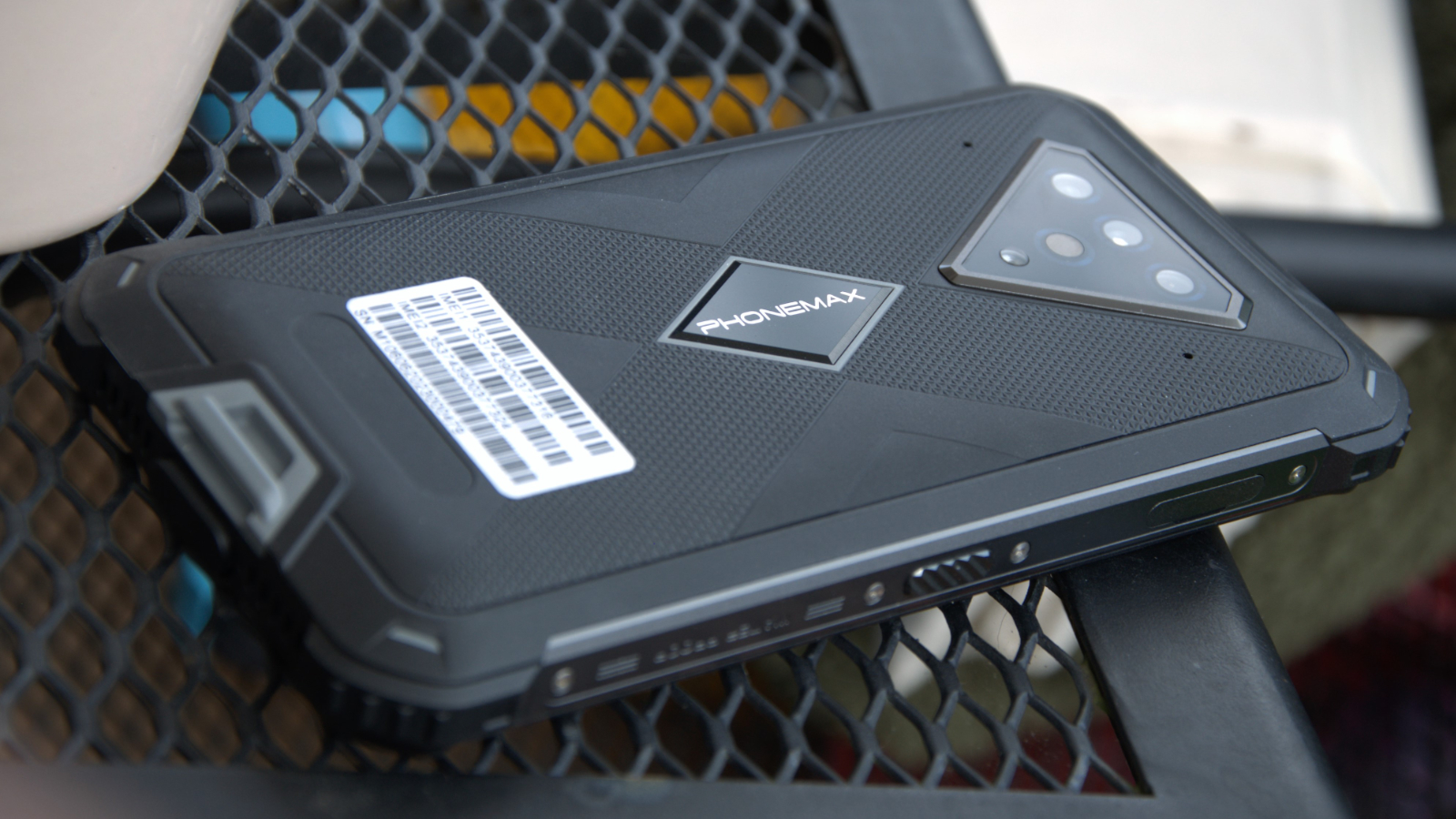
Design score: 3.5/5
Phonemax M10: hardware
- MediaTek Helio G85
- WiFi 6 and 4G
- Memory and storage
It seems unfair to say this, but the hardware in this phone is mediocre. With so many options appearing with high-end SoCs, lots of memory and storage, and huge camera sensors, most of what the M10 has seems distinctly bargain basement.
The problem is not that the Helio G85 is a bad SoC. In the four years since its release, plenty has happened in the evolution of smartphone technology.
Therefore, newer silicon is fabricated using better processes with narrower tracks, enabling it to be much faster and more power-efficient than the G85.
That said, the interface under Android 12 generally ticks along reasonably smartly, and unless you are a gamer, the GPU is fine for playing back video.
This SoC lacks 5G technology, with 4G being the top connectivity option. However, it does support a good number of bands and should work with the majority of American networks.
WiFi support is dual-band with connectivity to 802.11a, 802.11b, 802.11g, 802.11n, 802.11n 5GHz and 802.11ac.
The 6GB of RAM is a decent amount of memory, although it doesn't offer the same memory expansion technology where it maps some storage as RAM. For most users, 128GB of storage is probably enough, but increasingly, 256GB is the norm, and many phones are arriving with 512GB. The cost of flash storage, even after recent increases, is still only a few dollars. Being a budget device, it's easy for profit margins to be squeezed if component costs rise even slightly.
It is possible to expand storage using a Micro SD card, but using that option requires only one mobile SIM be used.
Overall, the hardware in the M10 is not terrible, but it is hardly exciting either.

- Hardware score: 3/5
Phonemax M10: cameras
- 48MP Main sensor
- 24MP selfie camera
- Wide angle and Macro sensors
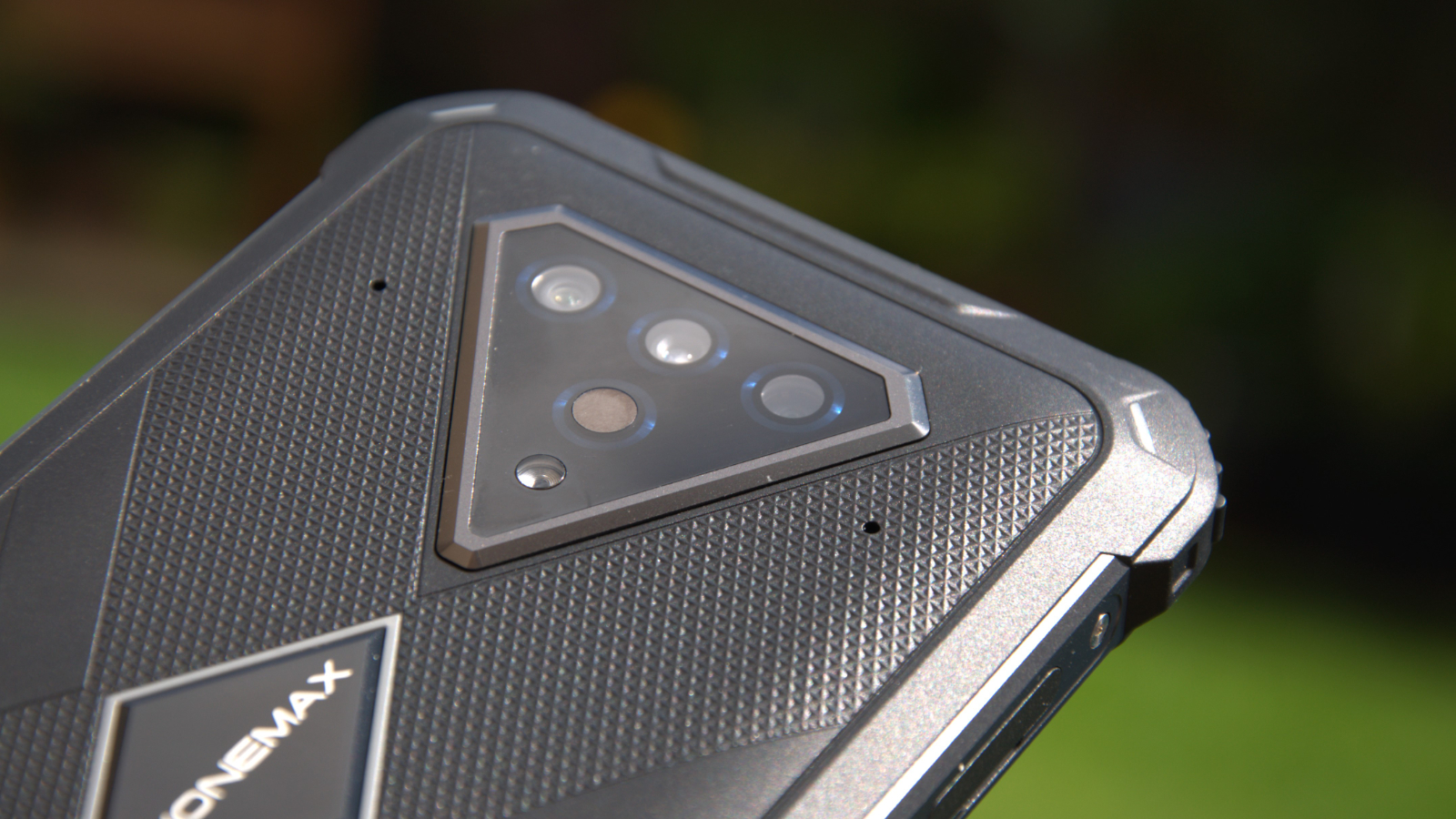
The Phonemax M10 has four cameras:
- Rear cameras: 48MP Samsung S5KGM1, 8MP Samsung S5K4H7, 2MP GalaxyCore GC2375
- Front camera: 23.8MP Sony IMX576
Not long ago, the camera collection for this phone would have looked strong. The 48MP Samsung S5KGM1 (AKA ISOCELL GM1) is a decent sensor that uses pixel-binning technology to deliver 12MP captures that are relatively free from colour aberrations and distortions. Or it did when Samsung made it, as it's now being discontinued.
It supports 120fps at FHD (1080p) and 240fps at 720p for video capture. That's the sensor, but the M10 can do none of those things because of the camera application. It delivers the absolute minimum options that limit the video capture to a maximum of 1080p at 30fps.
There is no control over frame rate at any resolution, and the still image capture doesn't offer panoramic, Bokeh, or any of the things that most phone users take for granted.
It has an underwater mode, which only seems accessible by binding it to the user-customisable button. It has a Pro mode where you get to decide everything, but it's hardly Christmas in the photo department.
One oddity of the photo app is that instead of automatically switching between the different rear sensors either by the shooting mode selected or the length of focus, the user must select them manually.
I could describe how the excellent Sony IMX576 front-facing sensor's features are equally ignored, but let's just say that if photography and video are important to you, this probably isn't the phone for you.
One peculiarity worth mentioning is that the camera cluster includes an infrared thermometer that the makers claim can be used to assess a person's body temperature. In the UK, we have strict rules about 'medical devices' that the M10 probably wouldn't be approved for. If you or a relative is unwell, seek professional help or use an approved temperature collecting piece of hardware certified for use in your region, and not an inexpensive phone.
Phonemax M10 Camera samples




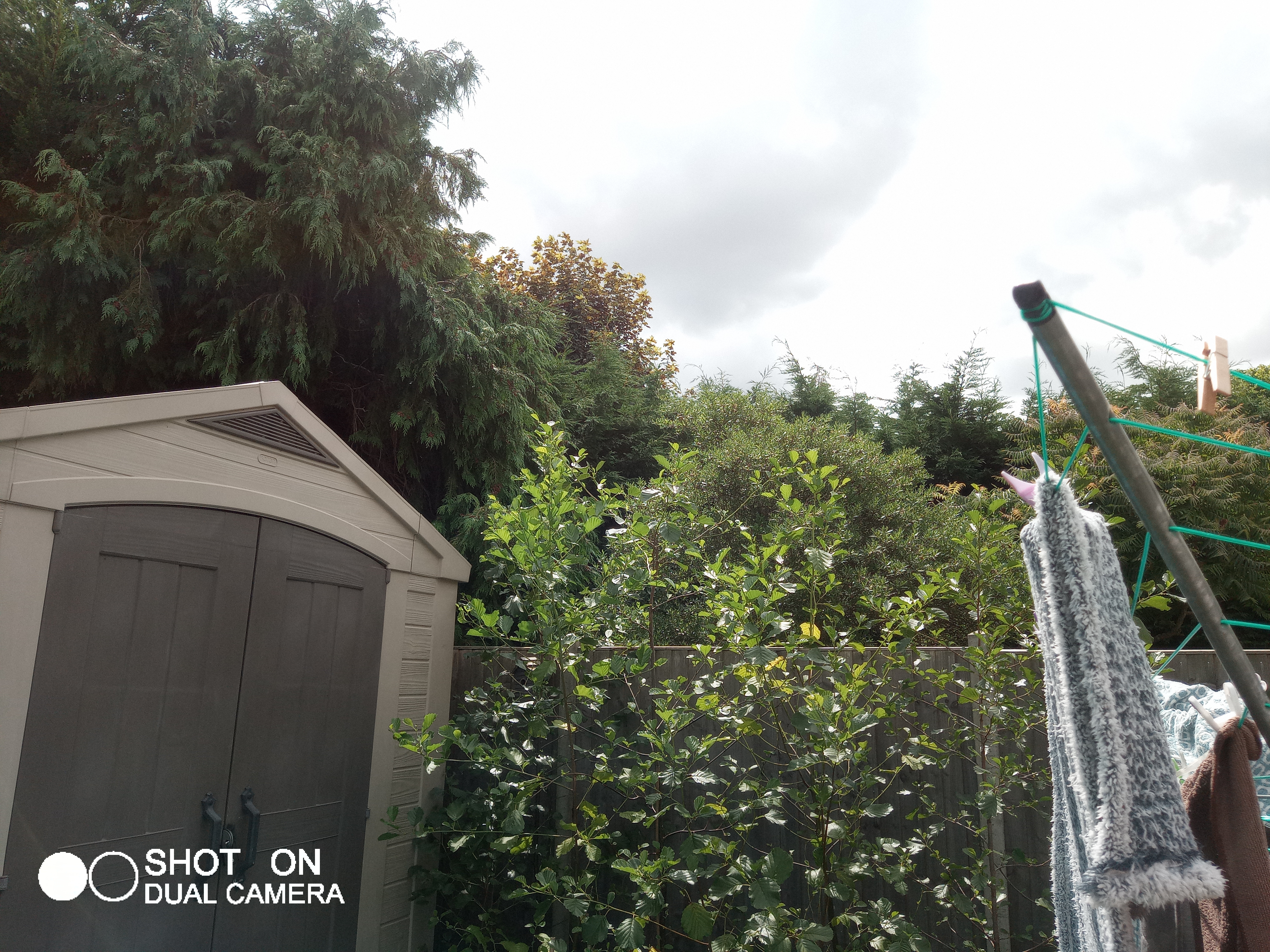






- Camera score: 3/5
Phonemax M10: performance
- Lacklustre SoC
- Great battery life
| Benchmarks | Header Cell - Column 1 | Phonemax M10 |
|---|---|---|
| SoC | Row 0 - Cell 1 | Mediatek Helio G85 |
| Memory/Storage | Row 1 - Cell 1 | 6GB/128GB |
| Geekbench | Single | 347 |
| Row 3 - Cell 0 | Multi | 1401 |
| Row 4 - Cell 0 | OpenCL | 1182 |
| Row 5 - Cell 0 | Vulkan | 1218 |
| GFX | Aztec Open Normal | 7.5 |
| Row 7 - Cell 0 | Aztec Vulkan Norm. | 7.5 |
| Row 8 - Cell 0 | Car Chase | 7.5 |
| Row 9 - Cell 0 | Manhattan 3.1 | 15 |
| PCMark | 3.0 Score | 7468 |
| Row 11 - Cell 0 | Battery | 26h 45m |
| Charge 30 | % | 30 |
| Passmark | Score | 6036 |
| Row 14 - Cell 0 | CPU | 3329 |
| 3DMark | Slingshot OGL | 1666 |
| Row 16 - Cell 0 | Slingshot Ex. OGL | 1241 |
| Row 17 - Cell 0 | Slingshot Ex. Vulkan | 1330 |
| Row 18 - Cell 0 | Wildlife | 729 |
Normally, we'd find another phone we've covered that uses the same silicon or something close, but those devices are not in our data set.
The numbers here aren't inspirational, as the G85 lacks the performance cores of a more modern SoC, and its GPU is no record-breaker.
To put these numbers into some perspective, a typical Wildlife score for a G99 is closer to 1200, and even the budget Dimensity 720 is quicker than this at most tests.
The only good news here is the battery life of 26 hours and 45m using the PCMark battery test, and after the cell was exhausted, we recovered 30% of the life in 30 minutes.
That 10000mAh battery easily provides more than three working days of use without a recharge, and getting it back to full capacity requires only a couple of hours.
In short, it's been a while since we saw a phone with less power than this.
- Performance score: 3.5/5
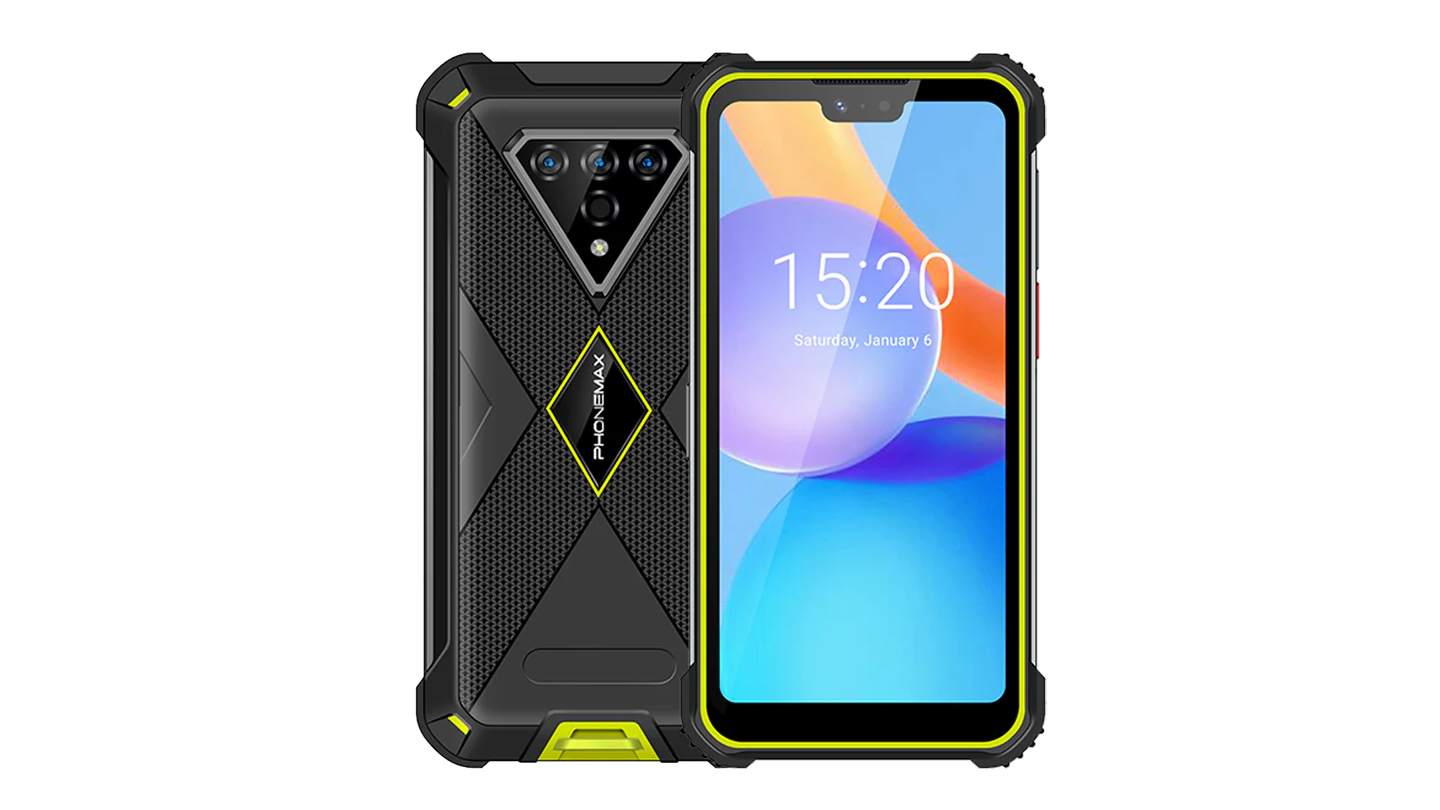
Phonemax M10: verdict
The Phonemax M10 might have been more compelling a year ago, but even budget phones now come with 256GB of storage and 64MP cameras.
With a lacklustre SoC and only 128GB of storage, the M10 needed to work harder elsewhere to compensate for its shortcomings, specifically in the camera department.
The main sensor isn't bad, but what lets it down is the limited selection of shooting modes that the camera application offers, which are incredibly limited.
According to Phonemax, the M10 can accept an endoscope accessory, but it doesn't appear to be available at this time.
The best aspect of this phone is its battery life, but given the low amount of storage and the less-than-potent SoC, it should have a good running time with a 10000mAh capacity.
Overall, there are similarly priced designs that offer more in most areas.
Should I buy a Phonemax M10?
| Attributes | Notes | Rating |
|---|---|---|
| Value | Cheap but the specification isn't great | 3/5 |
| Design | Solid construction and standard button layour | 4/5 |
| Hardware | Lacklustre SoC and limited storage | 3/5 |
| Camera | Decent sensors undermined by lack fo software support | 3/5 |
| Performance | Four year old SoC can't compete with more modern chips | 3/5 |
| Overall | Great battery capacity might not be enough to make you buy this | 3.5/5 |
Buy it if...
You need a phone for outdoors
The water and dust resistance on the MK10 is enough for working outside, raining, and it can cope with being dropped. While we wouldn't recommend underwater photography, the M10 is a robust package.
You need battery capacity
The M10 finds a sweet spot between battery capacity and weight. It's less than 400g but manages 10000mAh. There are phones with bigger batteries, but they generally weigh more than this.
Don't buy it if...
You like photography
The sensors on this phone aren't exceptional, but they're not rubbish. However, the camera app doesn't allow you to exploit what the sensors can do.
You need more than 128GB of storage
Most phones have 256GB or even 512GB these days, so finding one with just 128GB is disappointing. The design will take a MicroSD card, but you can only use one SIM if you insert one.
Also consider
Fossibot F102
Using the G99 SoC and 104MP camera sensor, this Fossibot design is a cheaper and more powerful alternative. You get a 16500mAh battery, but this phone weighs only about 100g more than the M10.
Comes with an integrated camping lamp, and can capture 1440p resolution video.
Read our Fossibot F102 review for more information.
If this device isn’t for you, check out our best Rugged Phones collection.
Mark is an expert on 3D printers, drones and phones. He also covers storage, including SSDs, NAS drives and portable hard drives. He started writing in 1986 and has contributed to MicroMart, PC Format, 3D World, among others.
